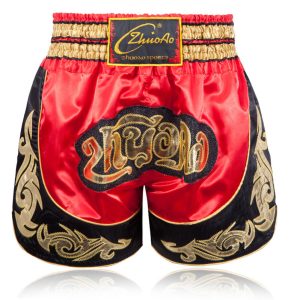It is undeniable that many people are obsessed with boxing equipment, but know very little about boxing skills; there are many kinds of boxing skills, and today I want to talk about the three basic postures for practicing boxing.
1. Dodge poses
Chest to abdomen, body bent inward, arms raised parallel to better protect the head; when you are not throwing, do not clench the fist so you can use it to punch inward or outward, or to block opponent’s fist. When your opponent throws a punch, you can shake your body from side to side or dive to avoid getting hit.
2. Shoulder shield pose
Turn the left shoulder to face the opponent, protect the lower jaw with the right hand, protect the lower chest with the left hand, and lift the left shoulder to protect the lower jaw. This position requires the boxer to curl his shoulders to better protect his body.
3. Arms Crossed Pose
This pose is actually a combination of squat and shoulder pads. The left hand protects the right lower jaw, and the right forearm is on the outside. While this stance is effective on defense, the downside of crossing your arms is that you can’t throw punches quickly.
As we all know, the boxing ring is a place where you can release the pressure of your life and exercise your health! So what parts of the body can be trained in the ring?
1. Thigh muscles
In the boxing ring, the thighs are responsible for every big explosion. The strong thighs of fighters can give them the maximum strength they need, which can help them seal the victory.
2. Calf
In the ring, a boxer will not completely rely on the strength of the arms to defeat the opponent, and the flexibility of the calf is very important. Even punching bag training requires calf endurance.
3. Waist
In the boxing ring, when the legs exert force, the waist will also swing. The waist also needs to move when moving and dodging, so the waist will be used more often than the thighs.
4. Shoulder
The shoulders are also an important part of boxing ring training. All training movements require shoulder coordination. The agility and durability of the shoulders are very important.





















